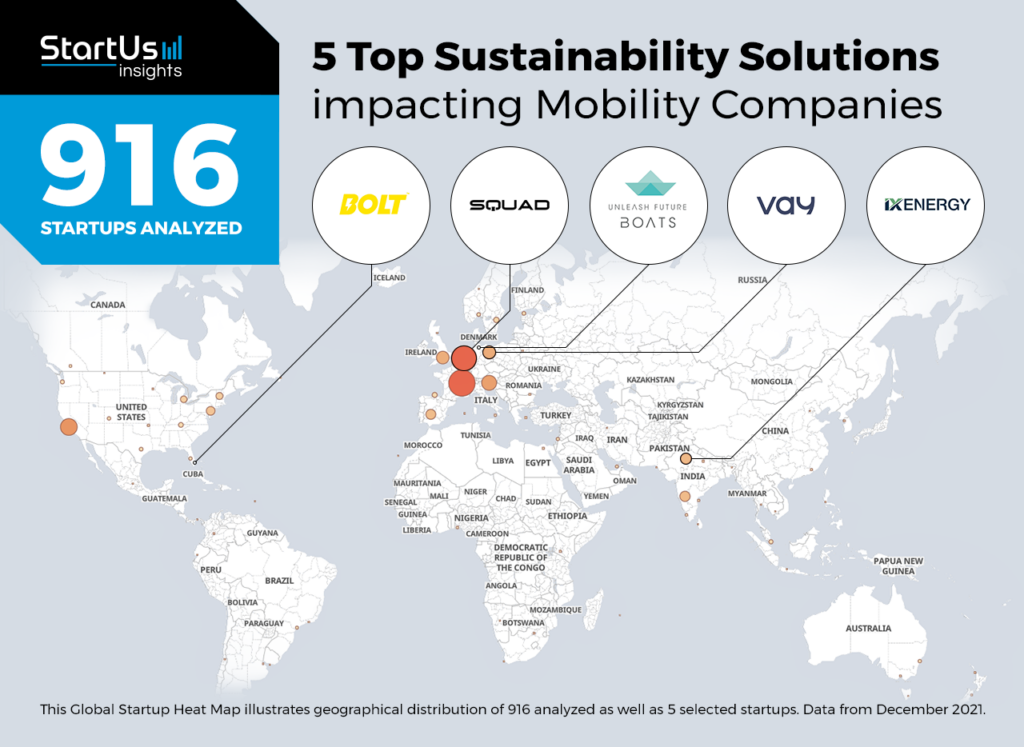
Choosing Sustainability: A Guide to Selecting Eco-Friendly Solutions
In a world increasingly focused on environmental responsibility, selecting sustainable solutions is paramount. This article serves as a guide, offering insights and tips on making eco-friendly choices that contribute to a greener and more sustainable future.
Understanding Sustainability: The Foundation for Informed Choices
Before delving into the selection process, it’s crucial to understand the concept of sustainability. Sustainability involves meeting present needs without compromising the ability of future generations to meet their own needs. This principle guides the selection of solutions that have minimal negative impacts on the environment, society, and economy.
Assessing Environmental Impact: The Lifecycle Analysis Approach
One key aspect of selecting sustainable solutions is assessing their environmental impact. Conducting a lifecycle analysis helps evaluate the overall environmental effects, considering factors from raw material extraction to production, use, and disposal. This approach enables a comprehensive understanding of a product or solution’s ecological footprint.
Prioritizing Renewable Resources: Embracing Clean Energy
One of the fundamental ways to select sustainable solutions is by prioritizing renewable resources, especially in the energy sector. Choosing clean and renewable energy sources such as solar, wind, and hydroelectric power reduces reliance on fossil fuels, lowers carbon emissions, and contributes to a more sustainable energy landscape.
Evaluating Materials and Ingredients: Opting for Eco-Friendly Choices
In the selection process, paying attention to the materials and ingredients used is crucial. Opting for eco-friendly materials, such as recycled or biodegradable substances, minimizes environmental impact. Additionally, choosing products with sustainably sourced materials ensures responsible resource management.
Certifications and Standards: Seeking Recognized Eco Labels
Certifications and eco labels play a significant role in identifying sustainable solutions. Look for products certified by recognized organizations that adhere to stringent environmental and social standards. Examples include ENERGY STAR for energy-efficient appliances and Forest Stewardship Council (FSC) certification for responsibly sourced wood products.
Energy Efficiency and Conservation: Reducing Resource Consumption
Prioritizing energy efficiency and conservation is a key strategy in selecting sustainable solutions. Energy-efficient appliances, vehicles, and buildings contribute to lower energy consumption, reducing the overall environmental impact. This approach aligns with the goal of creating a more resource-efficient and sustainable society.
Considering Social Impact: Supporting Fair Labor Practices
Sustainability goes beyond environmental considerations; it also encompasses social responsibility. When selecting solutions, consider the social impact of products and companies. Choose brands that prioritize fair labor practices, ethical sourcing, and social responsibility, contributing to a more equitable and sustainable global community.
Circular Economy Principles: Embracing Reusability and Recycling
Embracing the principles of a circular economy involves prioritizing reusability and recycling. Select solutions that are designed for durability and ease of recycling. Choosing products with minimal waste and those made from recycled materials promotes a circular approach, where resources are continually reused and recycled.
Local and Ethical Sourcing: Supporting Community Well-being
Opting for locally sourced products supports community well-being and reduces the environmental impact of transportation. Additionally, choosing solutions from companies with ethical sourcing practices ensures that products are produced under fair and humane conditions, contributing to the global effort for ethical and sustainable supply chains.
Empowering Informed Consumer Choices: Staying Educated and Vocal
The final step in selecting sustainable solutions is to empower oneself as a conscious consumer. Stay informed about environmental issues, advancements in sustainable technologies, and ethical business practices. Use your voice to support and advocate for sustainable choices, contributing to the collective effort for positive change.
Explore more about How to Select Sustainable Solutions here.
In conclusion, choosing sustainability is a powerful and conscious decision that individuals and businesses can make to contribute to a greener and more sustainable world. By understanding the principles of sustainability, assessing environmental impacts, and prioritizing renewable resources, we can collectively drive positive change and build a more sustainable future.




